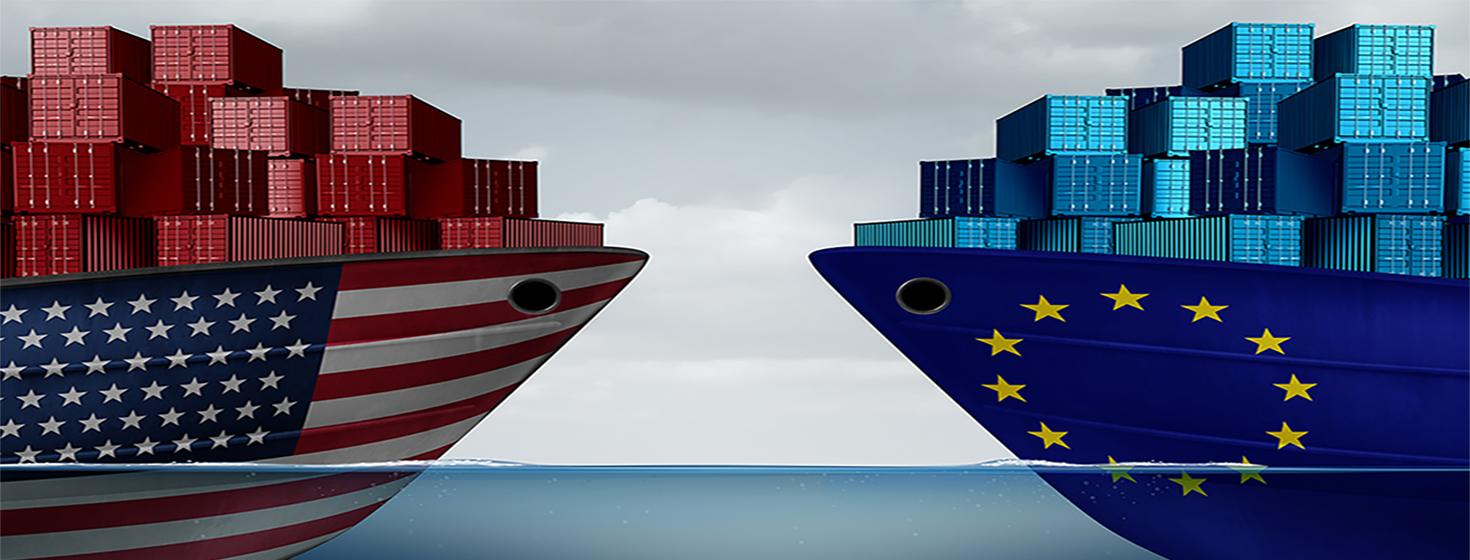Global Manufacturers
So how will tariffs affect supply chain sustainability efforts for global manufacturers?
The Global Steel-Making Industry
Many factors affect carbon dioxide (CO2) emissions during steel production, including capacity utilization, facility age and upkeep, the electricity grid, and environmental regulations.
Secondary steel production, which makes up about 70% of the steel that’s produced in the US, releases significantly less CO2 than primary steel production.
As a result, the US is looking to create incentives for other countries to use this method over primary steel production.
While such a move certainly bodes well in the overall drive to encourage more sustainable practices, it also underscores how variable the market and rules of the game can be.
Short-term incentives are helpful, but building supply chain resilience and strengthening sustainability practices will also take investment in supply chain technology that enables dynamic partnering, smarter order, and transportation management, and better analytics to regularly – and effectively – shift and adapt to the ever-evolving playing field.
Supply Chain Sustainability Incentives for the Global Steel-Making Industry
In an effort to strengthen America’s supply chain resilience, the Biden administration reassessed a 25% tariff on all imported steel and a 15% tariff on all imported aluminum implemented in 2018. They announced in November their plan to reduce tariffs with ally EU countries: Under the new transatlantic treaty, steel and aluminum that’s produced in the EU using low-carbon emission secondary production methods will be duty-free, up to an established quota.
The Biden Administration predicts this approach will create an incentive for environmental sustainability and lower global greenhouse gas (GHG) emissions. Global Efficiency Intelligence, LLC, an energy, climate, and environmental research firm, reports the global steelmaking industry accounts for about 11% of worldwide carbon dioxide (CO2) emissions, so improvement in this sector would make an important contribution to the fight against global climate change.
As far as possible economic impacts are concerned, the 2018 tariffs cascaded into a tit-for-tat transatlantic trade war, with some countries introducing counter-tariffs on US exports (including, for example, motorcycles, jeans, bourbon, and peanut butter). As a result of the most recent updates, these tariffs against US exports were lifted. Businesses and consumers using steel and aluminum in 2022 could see price reductions compared to 2021 and 2020. Material availability may increase, as organizations can find additional suppliers as a result of expanded trade, and there may be fewer bottlenecks in the global supply chain as a result.
Enhancing Supply Chain Resilience & Sustainability Efforts
This agenda to reduce GHG emissions could be the start of a new trend in global trade - one that focuses on sustainability over short-term financial gain.
As the need for sustainability becomes even more urgent, steel and aluminum production aren’t the only industries that will be affected by further regulation. Moreover, tariffs and the trade wars that ensue are ever-changing. To really build supply chain resilience and maintain it amid regular uncertainty, manufacturers should look to stable technology strategies that are future-proof and able to help mitigate risk, reduce the impact of disruption, and support sustainability efforts under ever-evolving conditions.
As trade reopens globally, manufacturers will want to measure, track, and report GHG emissions. Global standards for GHG emissions are based on activities performed, whether warehouse, transport, or production. In Europe, for example, EN-16258 provides guidance and energy standards for the full scope of those activities. Therefore, to be thorough and meet all guidelines, look for supply chain software and execution platforms that can incorporate those standards and automatically compute, track, and continuously monitor GHG emissions across the entire supply chain. A multi-party orchestration platform, in addition to monitoring emissions, can also empower organizations and consumers to reduce their carbon footprint by screening and selecting partners who enforce sustainable practices.
Tariffs play a role in both imports and exports, so a supply chain software platform that can manage various types of flows is important. Multi-enterprise supply chain business network technology, for instance, creates end-to-end visibility and allows teams to have control inbound, outbound, and reverse flows, from in-transit stock management to ordering. Platforms with configurable planning and logistics capabilities can also make organizations more eco-friendly by extending their product’s life cycle with support for repair, replacement, and recycling flow management. By leveraging business rules and automation, networks can develop better supply chain visibility and resiliency, while also adopting greener environmental practices.
How resilient and sustainable is your supply chain technology strategy? When implementing a Multi-Party Orchestration platform, global manufacturers benefit from end-to-end capabilities like supply chain visibility and control, real-time analytics, configurable planning, logistics, and reverse flow management that allow teams to better meet their supply chain sustainability goals, future-proof, and build resilience. Get in touch to learn more about how MPO supply chain technology can support your initiatives by reaching out to [email protected], [email protected], or by requesting a demo today.
Related Resource
5 Smart Ways to Reduce Your Carbon Footprint
Using the MPO Supply Chain Orchestration Platform
Greater supply chain visibility, efficiency, and returns management improve operations and offer value and differentiation to customers. Learn how the MPO Supply Chain Orchestration platform helps regional and global brands make better use of their resources to reach their sustainability goals and continuously improve.

Multi-Party Orchestration Platform
In this brochure, you'll find a guide to MPO's unified cloud platform for multi-party orchestration, including its rich and flexible solutions: Control Tower, Supply Chain Visibility, Digital Order Management, Transportation Management, Network Inventory Management, Returns Management, Spare Parts Management, and Supply Management. Download Now!
More Resources from MPO
Related Article: Avoiding Hurdles When Making the Leap to Implementing Supply Chain Visibility
Article topics
Email Sign Up



















